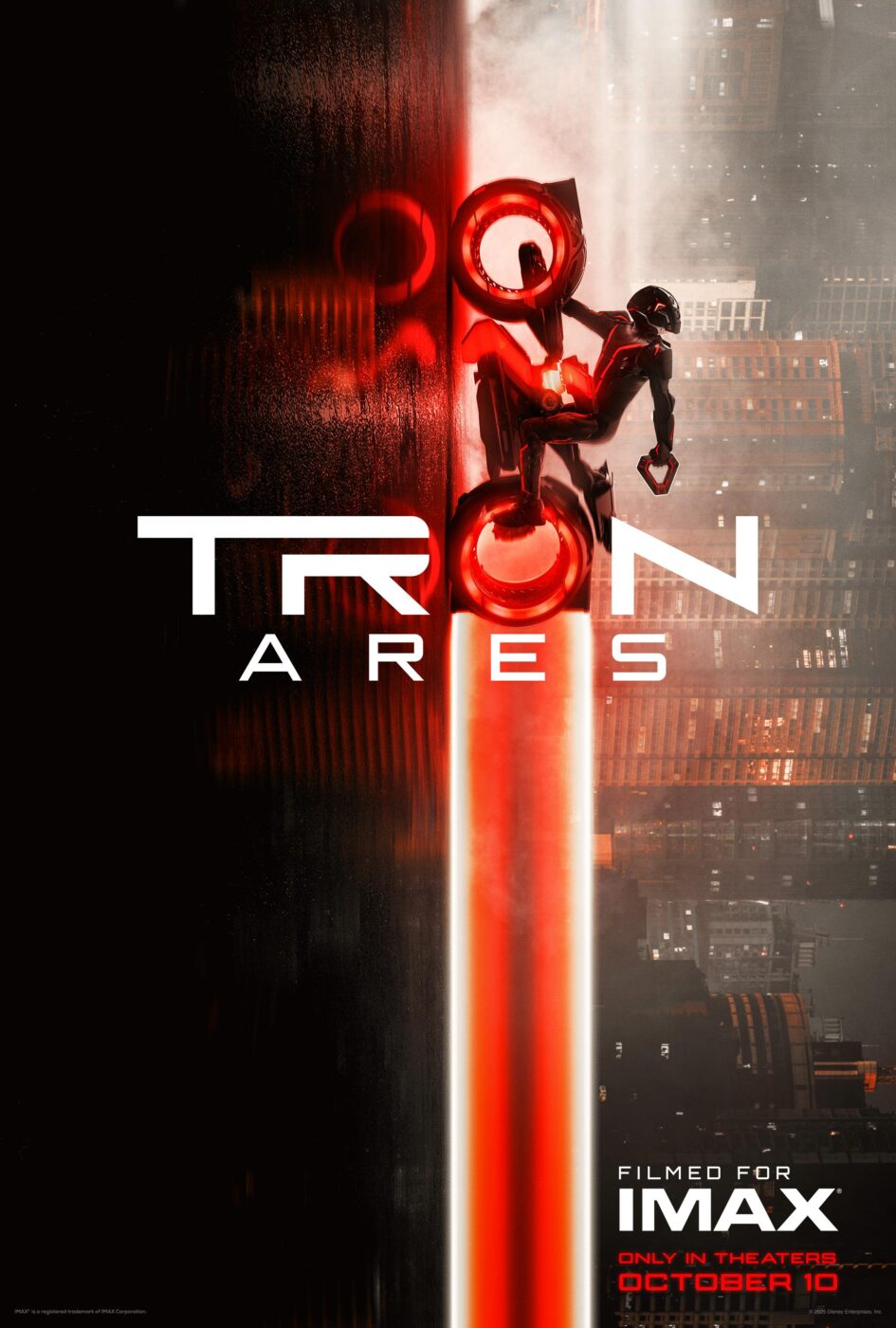From a journalism standpoint, comparing sequels to their predecessors never feels fair, but when Disney keeps falling back on known IP, it’s hard to avoid the conversation. The latest entry into their sequel/remake catalogue is a return to the cult-classic world of Tron. Tron: Legacy was praised for its incredible visuals and award-winning soundtrack. More than a decade later, the movie is still finding new fans. While technically Tron: Legacy was a sequel, anyone who’s watched the original Tron (1982) can agree Legacy was a big refresh. Tron fans were desperate for any content to get them back on the Grid, and 12 years too late, Disney finally gave the green light.
At the helm of the project is director Joachim Rønning, best known for Maleficent: Mistress of Evil and Pirates of the Caribbean: Dead Men Tell No Tales. Rønning went back-to-back making Disney sequels to beloved franchises that performed well at the box office but received poor reviews from critics and audiences alike. Going from Joseph Kosinski’s incredible action and cinematography in Tron: Legacy to Disney’s “we need a sequel” guy worked about as poorly as expected.
It’s almost impressive how this story manages to be so complicated, yet so simple at the same time. This is definitely due to a massive pacing issue that persists constantly throughout the movie. The plot revolves around two rival companies competing at the impossible task of bringing objects from the Grid into the human world. An AI named Ares is tasked with a mission in the real world that has the potential to change everything. Immediately, the problems start to present themselves. Making a Tron movie where the main setting isn’t the Grid dooms it from the start. After 12 years, fans finally get to see the Grid again, and it’s for half the time the other two movies did.
It’s hard not to wonder if half the reason for the change in setting was to make this more digestible for a wider audience, because this movie does everything in its power to hold the audience’s hand. There’s not 20 minutes that go by without a character explicitly saying what happened in the last 20 minutes, how all the characters feel about it, and what the plan is next. They try to use the ignorance of Ares’s AI characteristics as a scapegoat for exposition dumps, but it’s painful to sit through. This is in part due to lackluster performances from most of the cast. Jared Leto is about as expected, but Greta Lee gives him no help. Her performance is soulless, making it really hard to care about anything involving her character, which is most of the movie. Evan Peters gives the most entertaining performance, and without him this plot would suffer even more.
One of the main draws to Tron: Ares was the score from Nine Inch Nails (NIN), and listening to it in IMAX is worth the price of admission alone. Living up to Daft Punk’s incredible Tron: Legacy soundtrack is an impossible task, but NIN does what a sequel is supposed to: build off the same foundation as the original while making it distinctly different. The title card sequence is a blast thanks to an amazing track that sets the tone early. It presents a score wildly different from the passive techno found in Tron: Legacy, instead getting in your face with loud bass and gritty synthesizers, and it works brilliantly in this new world.
Tron: Ares breathes new life into the Grid. Apart from the new vehicles and weapons, having new locations was so much fun to explore, and this movie would have benefited a ton from spending more time there. The action, in and out of the Grid, was exhilarating—truly one-of-a-kind sequences that can only exist in the universe Tron has built. The introduction of some new vehicles made for one of the most fun chases of the year, and the new arsenal of weapons allowed for some creative choreography. It made use of the technology in this world in ways that previously seemed impossible. Despite all the new additions and better CGI, some of these moments are ruined by poor editing.
When Legacy came out, the visual effects were unlike anything people had seen before. They weren’t perfect, but through shot composition and editing it earned its place as one of the best-looking movies of its time. Legacy utilized a mix of long, wide shots with close, quick edits. This combination gave the movie time to breathe, so the climax of each sequence was earned. Tron: Ares has CGI much closer to perfect but is edited so poorly that it takes away from the fun. It felt like every 10 seconds of the movie was edited to be the final shot in a trailer—full of slow motion, harsh lighting, or grand vehicles using their artillery. While these shots were a ton of fun, when they’re placed back-to-back, only broken up by story exposition, the magic fades. Tron: Ares is trying so hard to be the movie studios think Tron fans want, and in doing so, neglects all the nuance that fans fell in love with.
This problem is prevalent in almost all of Disney’s revitalized projects. The writers’ room seems less like fans and more like adults who watched a “Best Tron Clips” video and made a whole movie based on that. The result is a return to one of the coolest cinematic worlds ever made, with its soul stripped away. Lightbikes and laser swords will always bring people to a theater, but a story this forgettable is a disservice to everything that came before. Despite the electric soundtrack and incredible visuals, Tron: Ares fails to live up to Legacy, or create one of its own.


